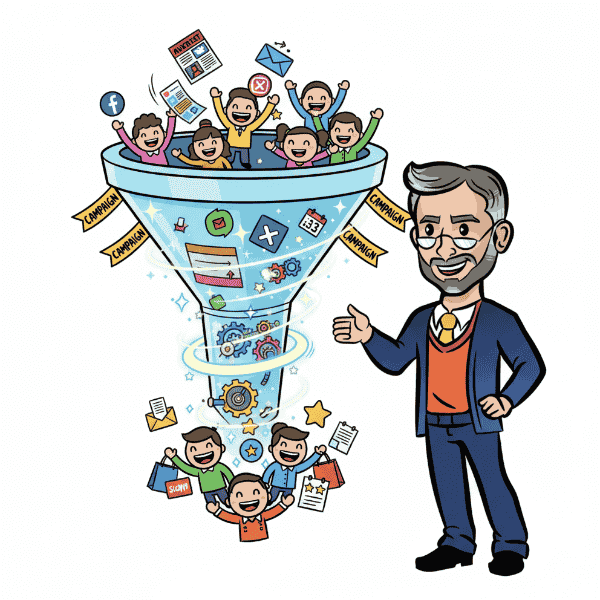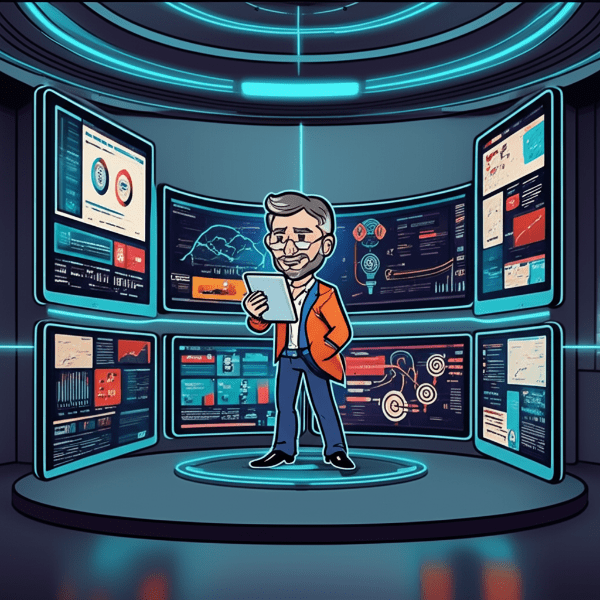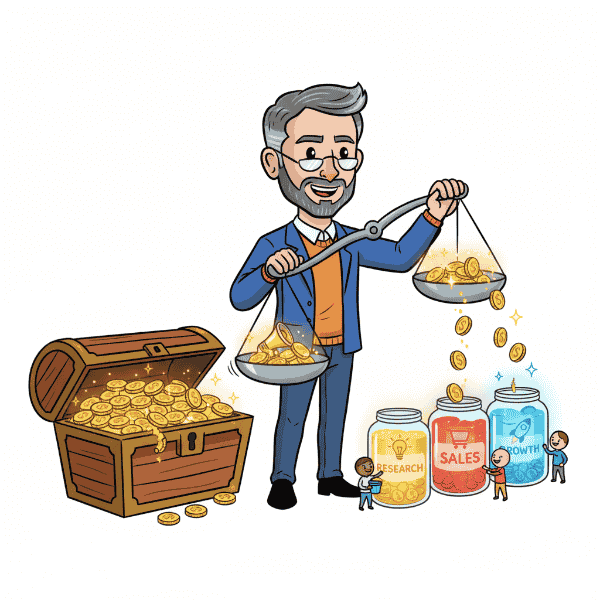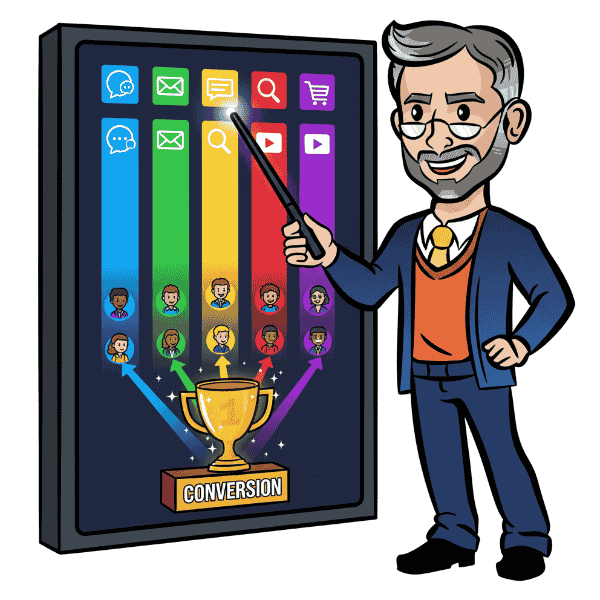What is a Channel Strategy?
A channel strategy is a structured plan that businesses create to distribute their products or services to consumers. These distribution channels can include physical retail stores, online marketplaces, direct sales teams, or third-party distributors. The primary objective is to select the most effective pathways to reach the target audience, increasing market reach and profitability.
Example in a Sentence: A well-crafted channel strategy helped the company expand its customer base by combining online sales with strategic retail partnerships.
Why is a Channel Strategy Important?
1. Market Expansion
Using multiple channels allows businesses to reach new customer segments and enter different geographic regions that may be difficult to access through a single channel.

2. Customer Convenience
Providing various purchasing options ensures that customers can choose the method that best suits their needs, improving their overall experience.
3. Risk Reduction
Diversifying distribution channels reduces reliance on a single revenue source. This approach protects businesses from potential market shifts or disruptions in any one channel.
Types of Distribution Channels
1. Direct Channels
Companies sell products directly to consumers without intermediaries, such as through their own websites or physical stores.
2. Indirect Channels
Businesses use intermediaries like wholesalers, retailers, or agents to deliver products to customers.
3. Dual Distribution
This approach combines both direct and indirect channels, allowing businesses to maximize market coverage and flexibility.
How to Develop an Effective Channel Strategy
1. Identify Target Markets
Understand your ideal customers, including their demographics, preferences, and purchasing behaviors.
2. Choose the Right Channels
Select distribution channels that align with your product type and audience. For example:
- High-end products may thrive through exclusive retail partnerships.
- Everyday consumer goods may perform well on mass-market online platforms.
3. Build Strong Partnerships
Establish and maintain strong relationships with channel partners to ensure seamless operations and mutual benefits.
4. Monitor and Optimize
Regularly assess the performance of each channel and adapt strategies based on market trends and consumer feedback.
Boost Your Sales with Expert Guidance
Our sales funnel course provides in-depth insights into building a powerful channel strategy to enhance market reach and boost sales. By implementing the right approach, businesses can ensure their products reach the right customers at the right time—driving growth and long-term success.cts are accessible to the right customers at the right time, ultimately driving growth and success.
More Definitions: KPI Definition, Buyer Persona Definition, ROI Definition, Upselling Definition, Hardware Wallet Definition, Minimal Lovable Product (MLP) Definition, Net Promoter Score (NPS) Definition, ABC Always Be Closing, Coffee Is for Closers






















